Why India needed the New Education Policy most?
Combined with better leadership, the education policy needs effective planning to make Indian education system flawless and more efficient.
If we take a look towards our present education policy, India’s education policy interests are barely perceived as political importance. Yet these interests cannot be dismissed for a long time, particularly in light of the unemployment crisis.
If we understand the report of the Global Business Coalition for Education it indicates that by 2030, India will retain the elevated digit of secondary school graduates in South Asia, but approximately half of them will still need the abilities to penetrate the wall of the highly competitive job market of India.
Ministry of Skilling is working effectively for improving the skills and abilities of individuals right from school level education. In the upcoming decade, our schooling division needs a deep emphasis on both scale and quality of education, dealing with the learning difficulty at a national phase.
The need of Enhancement in education strategy.
A weak administration with poor execution system cannot build enhancing pillars of influence in the education category. Governments must prepare a distinct variety of methods, for education in our country.
Around the preceding years, numerous state governments, comprising Haryana, Rajasthan, and Himachal Pradesh, have put up with possession to make huge modifications in how schooling is regulated. Government academies have developed a specially designed method.
The State Government's ability to regulate such a strategy is limited with insufficient management techniques, less information about procedures, and huge lacking staff.
Having an optimised staff quantity for the number of institutes is rounded off with interventions supervised infrastructure advancements, sufficient staffing of teaching faculty, school administrators, and head administrators, and cultivating the ability of these faculty. Alongside is powerful stress on ‘renovating’ to facilitate all learners to attain grade-level ability. In extents of government, programmes across States seem to supply some traditional elements like supervising the knowledge systems to enhance survey and reviews; the transmission of real-time information across all tiers of government, improvising technology particularly as video seminars and WhatsApp, and project managing strategies at the State, district, other lower level of academies.
If we look at Rajasthan, where the International Innovation Corps acted with the Department of Education alongside another partaker, the State government focused on improving about 10,000 “model” secondary schools at least one in every gram panchayat region, with quality infrastructure and specification-based staffing under the Adarsh programme.
Adarsh Vidhyalay section - Government of Rajasthan
Headmasters of these academies were thereafter appointed Panchayat Education Officers and drilled to coach other academies. Especially these actions lowered teacher openings from 50%to 19% over four years and developed a cadre of frontline authority that annually surveys schools. The State keeps defied national preferences to notice a huge come back of learners from private to government schools and both the National Achievement Survey and Board results indicate to growths in secondary school developments.
The other States possess likewise move to experience positive outcomes. For example, in Haryana, a trial by Gray Matters India estimates that learners in 94 of the 119 regions are currently “grade-level competent.” This gives birth to attribute to the Saksham Haryana Programme. The programme has established modern devices for data gathering and examination and reconstructing of plans at the basic levels.
Saksham Haryana Education portal
Creating on serious achievements, the NITI Aayog and three State Governments of Odisha, Madhya Pradesh, and Jharkhand are in the strategy of mounting such actions through the SATH-E Sustainable Action Fot Transforming Human Capital Programme. Moreover, 14 of the 30 pointers for the NITI Aayog’s new School Education Quality Index are interested in governance procedures, including the availability of educators, training, and responsibility and translucency in the education system.
NITI Ayog's Sustainable Action For Transforming Human Capital Image source- NITI Ayog
The expected result of enhancement.
The emphasis on creating the ability of the state that reasonably regulate the programme policy is a crucial transition in the region, and the previous representations indicate how to go about it. But despite their attainments, these should be assessed as initiating points. These undertakings remain focussed on the general school scheme.
The country is the witness of an increasing significance of competition, with governments insisting on how their academies are outperforming private academies. While this may generate a positive strength to execute, the fact is that apart from a society few, the majority of private academies are under-resourced and retain limited ordinance of excellence, insurance, or effects.
Additionally, this improving method wants to be rounded off with a recalibration of goal. India’s schooling system or we say the education system proceeds to be centred on standardized and driving curriculum, students classified by age rather than their learning statuses, and highly dominant board examinations.
Rebuilding government policies is a significant but belated answer to state ability difficulties. A new policy must assemble on this energised administrative equipment to rebuild the wider goals of the education policy. This will impose a basic re-engineering of inspection mechanisms, a complete behavioural modification to stimulate a change in priority from high-stakes analyses, and new agreements between stakeholder parents, learners, educators, frontline officials, and NGOs.
The result of these effects is clearly significant but should be designed by an overall compassionate beneficial technique. However, over the succeeding decade, the major preference that education strategy must strive to talk is to make sure that schooling isn’t just an end for learners, but a step forward towards the future opportunity.


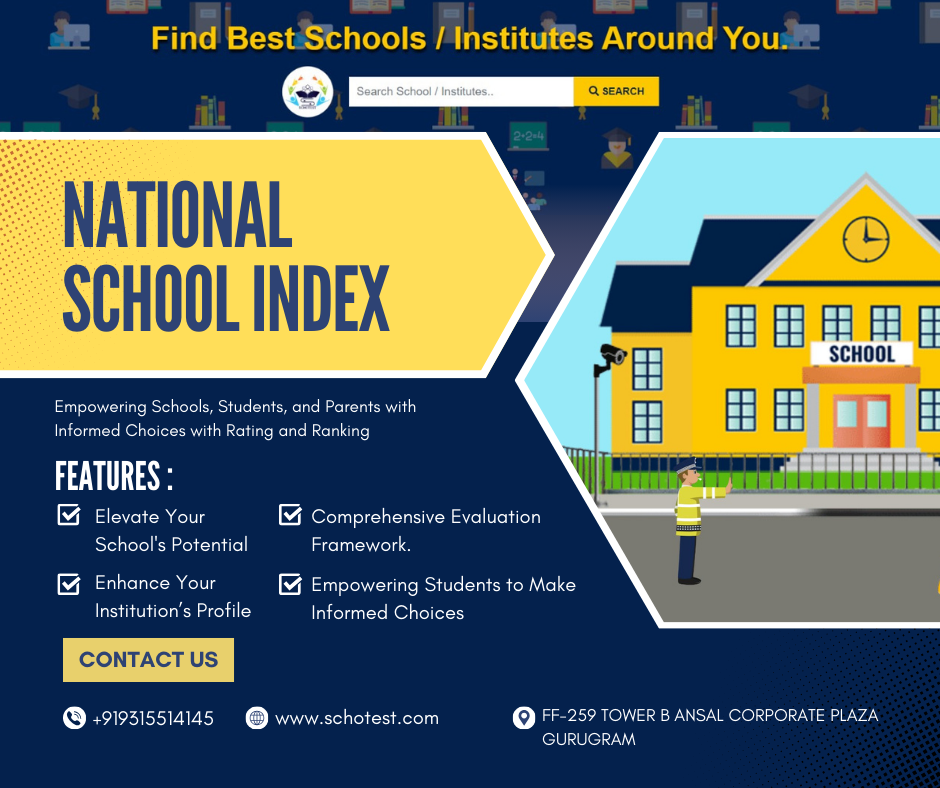



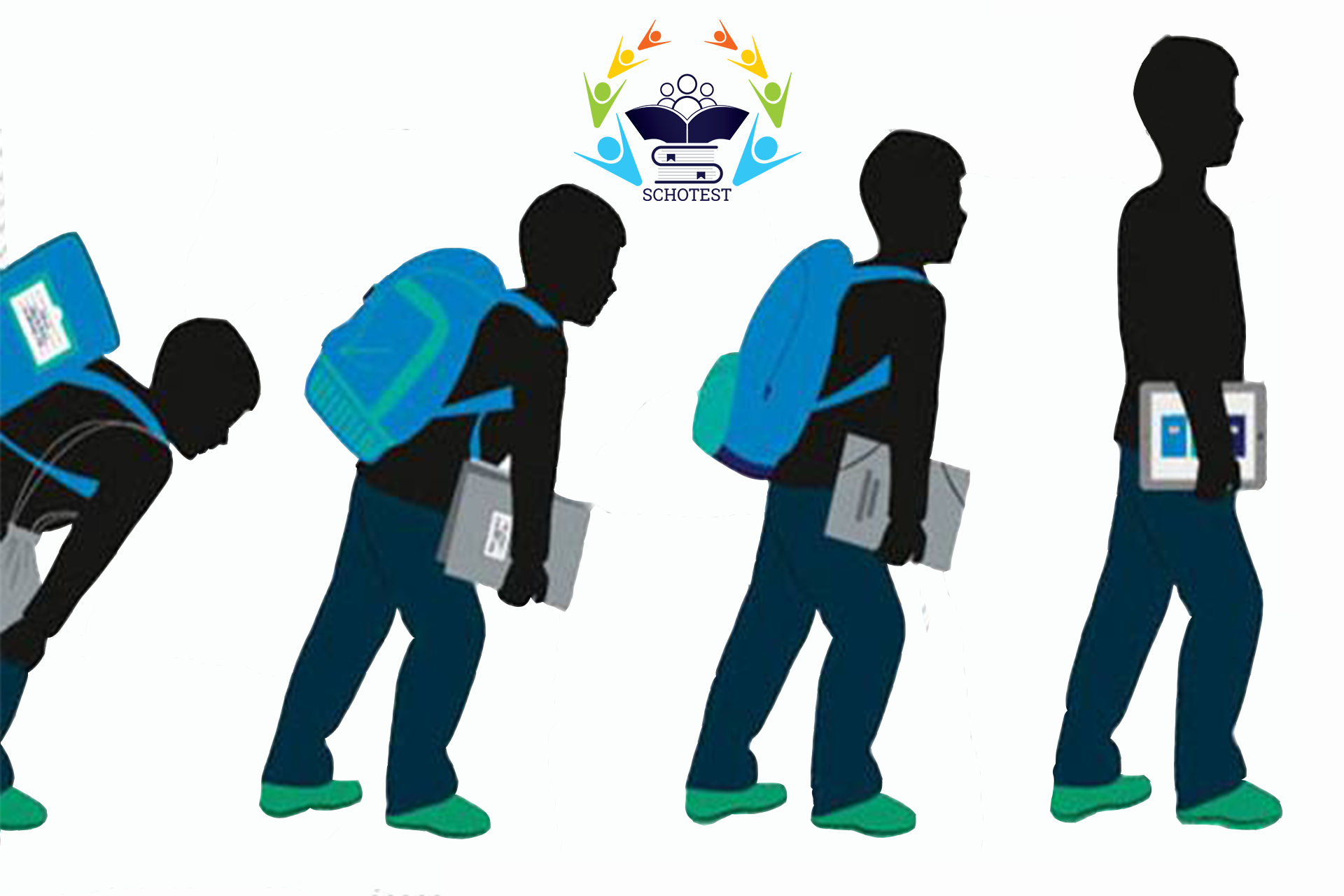
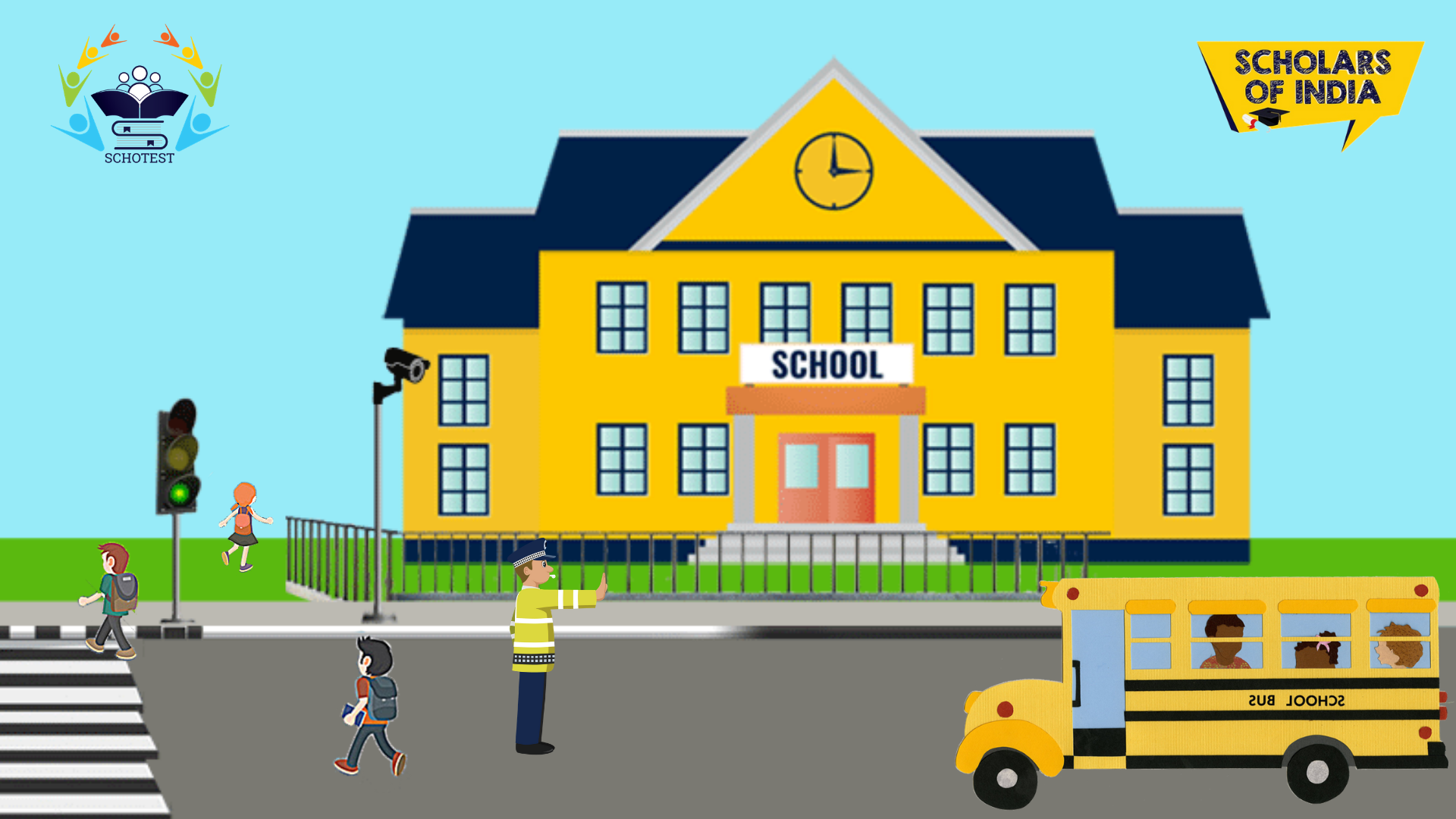

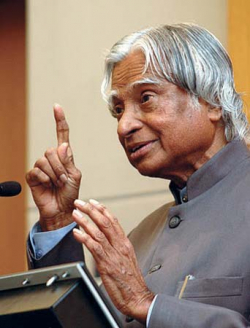
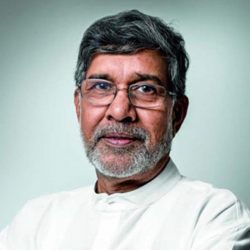
Discussion